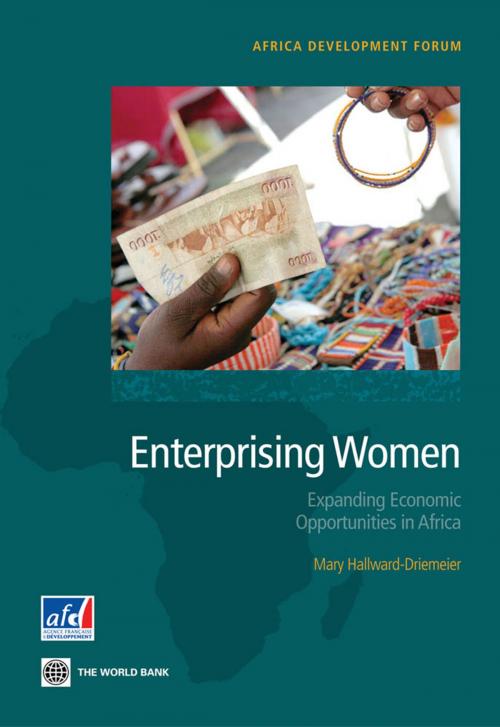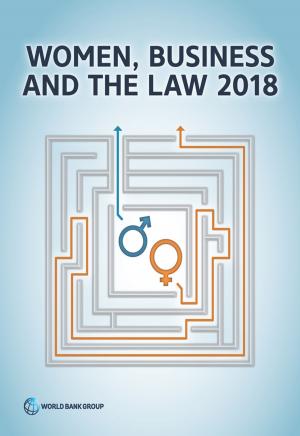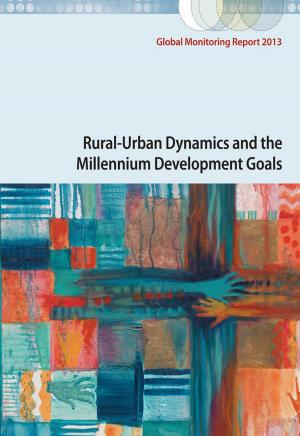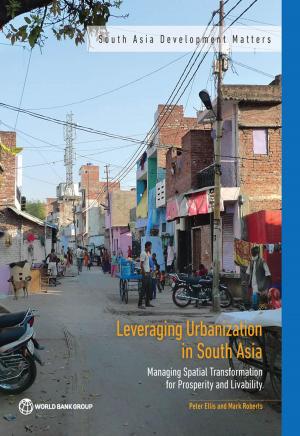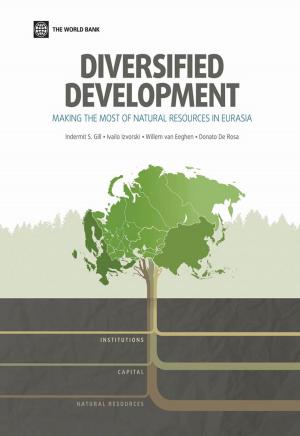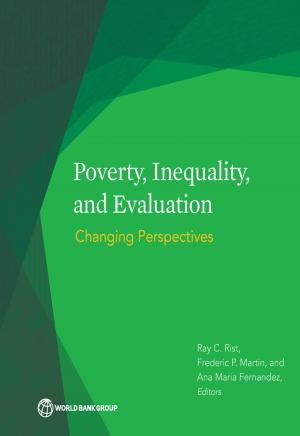Enterprising Women
Expanding Economic Opportunities in Africa
Business & Finance, Economics, Economic Development, Career Planning & Job Hunting, Entrepreneurship, Entrepreneurship & Small Business| Author: | Mary Hallward-Driemeier | ISBN: | 9780821398098 |
| Publisher: | World Bank Publications | Publication: | June 10, 2013 |
| Imprint: | Language: | English |
| Author: | Mary Hallward-Driemeier |
| ISBN: | 9780821398098 |
| Publisher: | World Bank Publications |
| Publication: | June 10, 2013 |
| Imprint: | |
| Language: | English |
This book brings together new household and enterprise data from 41 countries in Sub-Saharan Africa to inform policy makers and practitioners on ways to expand women entrepreneurs economic opportunities. Sub-Saharan Africa boasts the highest share of women entrepreneurs, but they are disproportionately concentrated among the self-employed rather than employers. Relative to men, women are pursuing lower opportunity activities, with their enterprises more likely to be smaller, informal, and in low value-added lines of business. The challenge in expanding opportunities is not helping more women become entrepreneurs but enabling them to shift to higher return activities. A central question addressed in the book is what explains the gender sorting in the types of enterprises that women and men run? The analysis shows that many Sub-Saharan countries present a challenging environment for women. Four key areas of the agenda for expanding womens economic opportunities in Africa are analyzed: strengthening womens property rights and their ability to control assets; improving womens access to finance; building human capital in business skills and networks; and strengthening womens voices in business environment reform. These areas are important both because they have wide gender gaps and because they help explain gender differences in entrepreneurial activities. It is particularly striking that while gender gaps in education tend to close with higher incomes, gaps in womens property rights and in womens participation in reform processes do not. As simply raising a countrys income is unlikely to be sufficient to give women equal ability to control assets or have greater voice, more proactive steps will be needed. Practical guidelines to move the agenda forward are discussed for each of these key areas.
This book brings together new household and enterprise data from 41 countries in Sub-Saharan Africa to inform policy makers and practitioners on ways to expand women entrepreneurs economic opportunities. Sub-Saharan Africa boasts the highest share of women entrepreneurs, but they are disproportionately concentrated among the self-employed rather than employers. Relative to men, women are pursuing lower opportunity activities, with their enterprises more likely to be smaller, informal, and in low value-added lines of business. The challenge in expanding opportunities is not helping more women become entrepreneurs but enabling them to shift to higher return activities. A central question addressed in the book is what explains the gender sorting in the types of enterprises that women and men run? The analysis shows that many Sub-Saharan countries present a challenging environment for women. Four key areas of the agenda for expanding womens economic opportunities in Africa are analyzed: strengthening womens property rights and their ability to control assets; improving womens access to finance; building human capital in business skills and networks; and strengthening womens voices in business environment reform. These areas are important both because they have wide gender gaps and because they help explain gender differences in entrepreneurial activities. It is particularly striking that while gender gaps in education tend to close with higher incomes, gaps in womens property rights and in womens participation in reform processes do not. As simply raising a countrys income is unlikely to be sufficient to give women equal ability to control assets or have greater voice, more proactive steps will be needed. Practical guidelines to move the agenda forward are discussed for each of these key areas.
